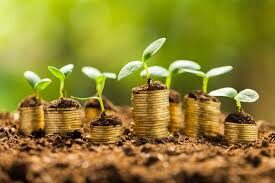In a step towards developing a green and circular economy, Vietnam is coming up with strategies to boost green credit.
Since green credit plays a significant role in sustainable economic development, Vietnam has introduced the national green growth strategy for 2021 – 2030, targeting green credit and green banking. Vietnam’s green economy aspires to reach 300 billion USD by 2050, from 6.7 billion USD in 2020.
Reports on green credits said that by the end of 2022, the outstanding credit for green projects was estimated at approximated 500 trillion VND (21.3 billion USD), accounting for some 4.2% of total outstanding loans. It mainly focused on renewable and clean energy (47%) and green agriculture (over 30%).
It may be noted that recently this year, a sustainable loan framework was also issued by a Vietnamese bank for the first time. The framework for the loan was jointly developed by the Joint Stock Commercial Bank for Investment and Development of Vietnam (BIDV), with advice from many major international financial institutions. This step was a contribution to the government’s commitment to achieve the target of net zero emissions by 2050.
The officials of BIDV are expecting that the framework will help his bank provide sustainable financial products that would match international standards for domestic businesses. In addition, it will also serve as a basis for BIDV to enhance cooperation in sustainable development in collaboration with international organisations.
Commenting on these efforts, MA Nguyen Thi Anh Ngoc from the University of Economics Ho Chi Minh City noted that to promote green credit, it is necessary to diversify green credit products to attract a wide range of clients to the banks and improve competitiveness.It is also necessary that banks tailor products to match the needs of each type of enterprises.
As per reports, green growth has been creating numerous opportunities for Vietnam’s economy. It is estimated that the wind power and solar power sector alone is capable of contributing 70 – 80 billion USD to the gross domestic product (GDP) and generating 90,000 – 105,000 direct jobs.

